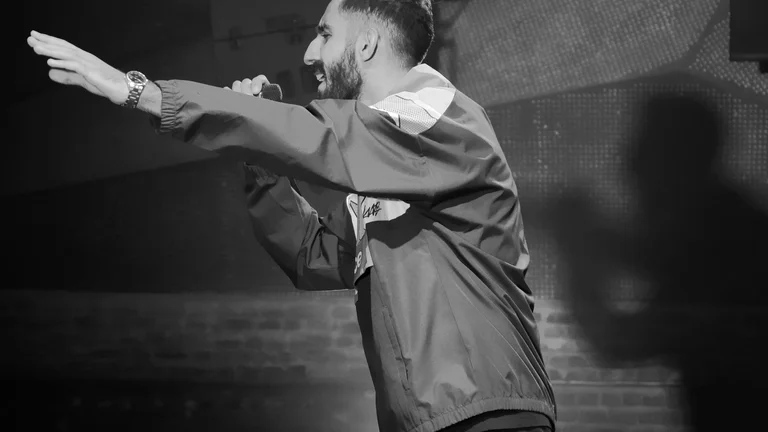The Importance of Timing in Stand-Up

Timing is vital in stand-up comedy; it dictates how a joke lands. The pause before a punchline can amplify laughter. Comedians often practice their timing. This skill helps keep the audience engaged. Learning when to wait is as crucial as delivering the joke itself.
Good timing ensures the audience is ready to respond. Each comic develops their unique rhythm. Some prefer rapid-fire delivery; others go for a slow burn. Testing material helps comedians fine-tune their timing. Comedy clubs often encourage experimentation with timing.
The Role of Personal Experience
Comedians often draw from their own lives. Personal stories create a connection. Audiences appreciate authenticity. When comics tell their truth, it resonates. Experiences that evoke emotions can be turned into humor.
Relatable stories build a bridge between the comedian and the audience. This relatability fosters a sense of community. Sharing vulnerabilities can transform pain into laughter. Many successful comedians turn life’s challenges into material. By doing so, they invite others to laugh at the absurdities of life.
Understanding Your Audience
Knowing who you’re performing for matters. Comedy isn't one-size-fits-all. Different audiences have varied preferences. Performing in front of college students differs from corporate events. Understanding these dynamics is key to success.
Comedians often adjust their material based on audience feedback. They watch reactions during performances. This helps gauge what works and what doesn't. Adapting to the audience ensures a more enjoyable experience. Reading the room can lead to spontaneous jokes.
The Process of Writing Jokes
Writing jokes involves brainstorming and refining ideas. Some comedians start with a premise. They build around it to create a punchline. Others use a structured approach, like the setup-punchline format.
Revising is essential in joke writing. The initial idea may not always resonate. Comedians often set aside jokes only to revisit them later. Collaboration with peers can spark new ideas. Input from fellow comedians can be valuable.
The Power of Delivery
How a joke is delivered greatly impacts its effectiveness. Body language, intonation, and pauses enhance the humor. A strong stage presence attracts the audience’s attention.
Movement on stage can also keep the audience engaged. Some comedians prefer to remain still, while others may roam. The method depends on individual style. Experimentation with delivery helps find the right fit. Feedback from peers and performance can guide this process.
| Aspect | Description |
|---|---|
| Timing | Essential for punchlines and audience engagement. |
| Personal Experience | Connects the comic with the audience through authenticity. |
| Audience Understanding | Adapt material based on audience demographics. |
| Joke Writing | Involves brainstorming and revising to find the best punchline. |
| Delivery | Incorporates body language, tone, and presence to enhance humor. |
FAQ
What are the key elements of stand-up comedy?
Key elements include timing, audience understanding, personal experiences, joke writing processes, and effective delivery.
How do I improve my stand-up comedy skills?
Practice regularly, perform frequently, seek feedback, and study other comedians to enhance your skills.
Is stand-up comedy a difficult art to master?
Yes, it requires dedication, continual learning, and resilience, especially in handling audience reactions.
The Art of Stand-Up Comedy encompasses timing, delivery, and audience connection, with comedians crafting relatable material from personal experiences. Mastery comes through practice, awareness of audience dynamics, and continual refinement of skills.
Conclusão sobre The Art of Stand-Up Comedy.